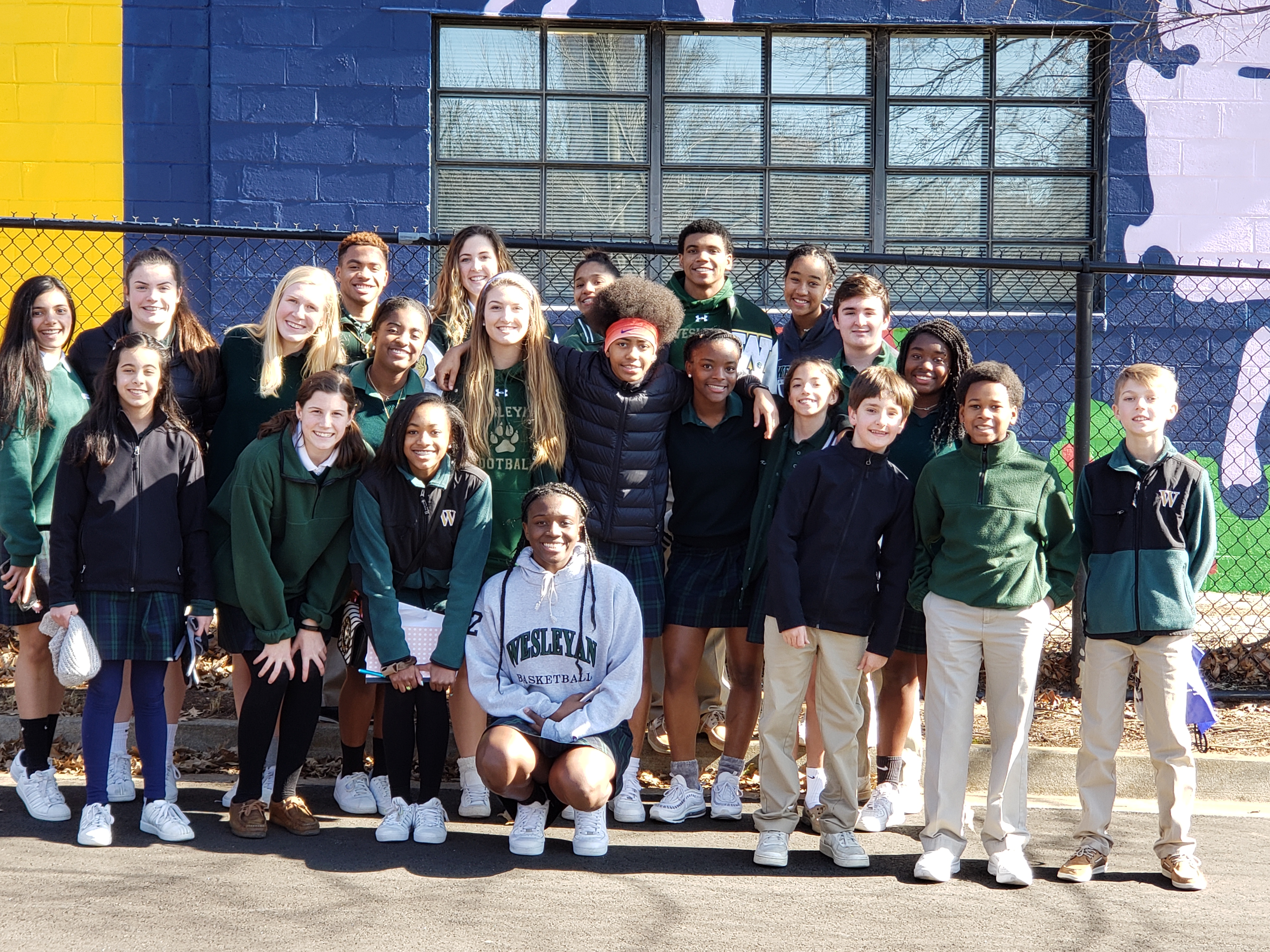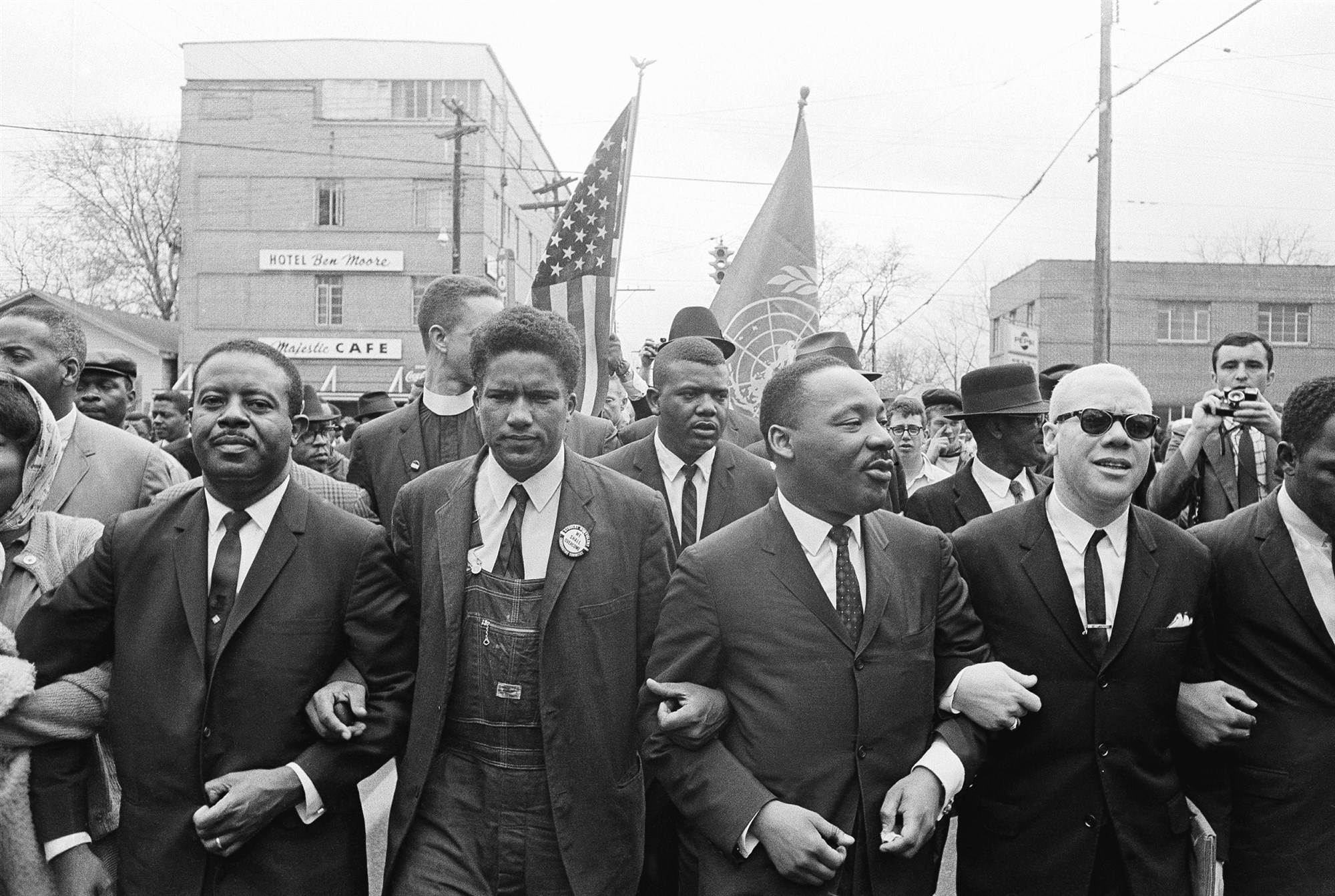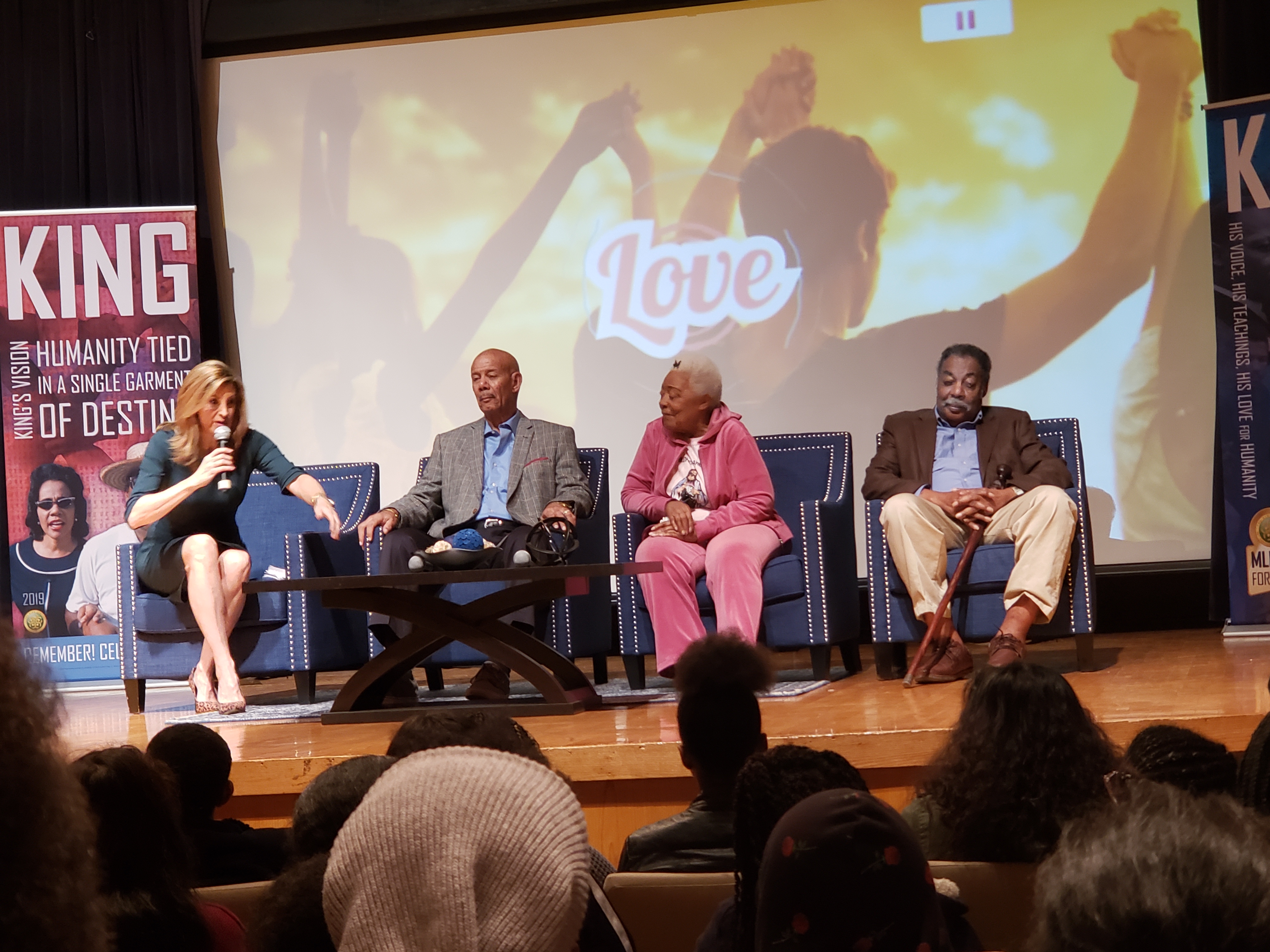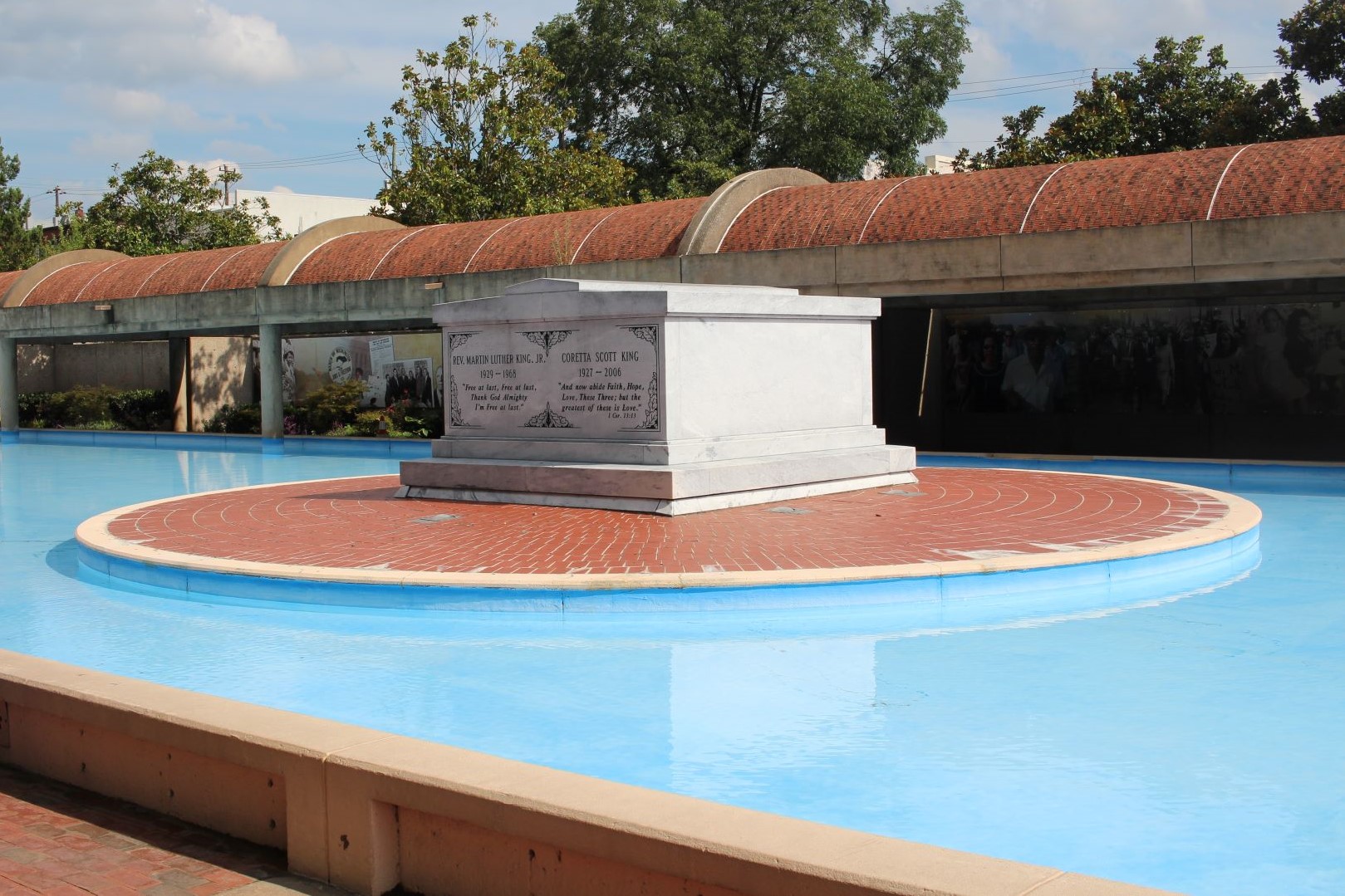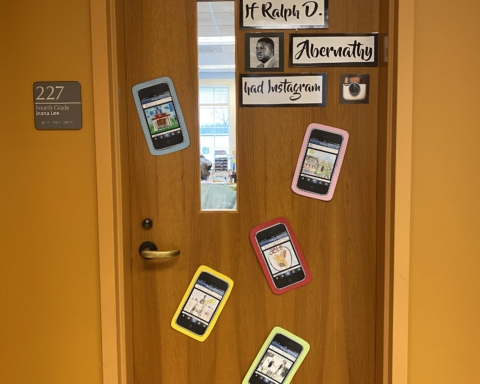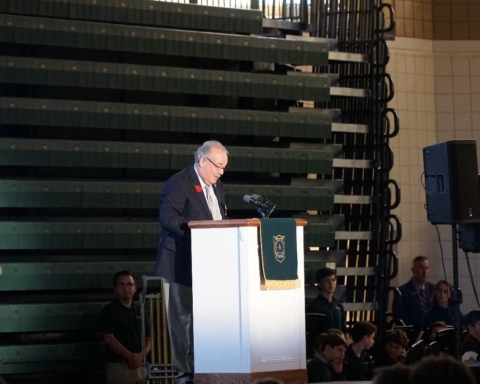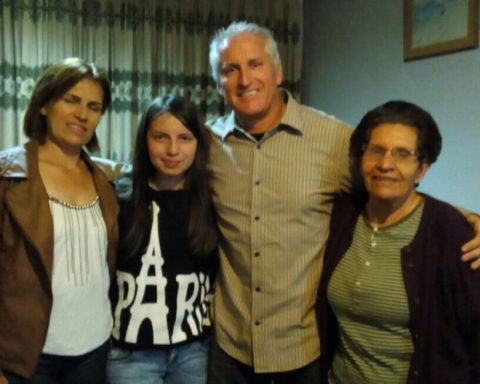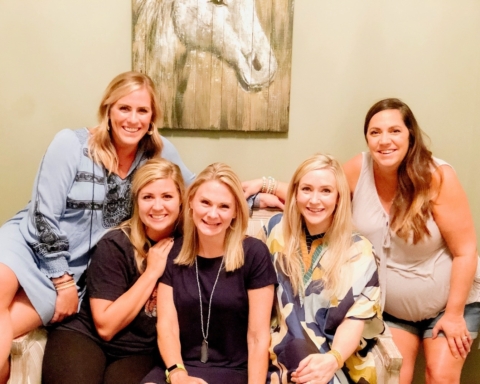“Free at last. Free at last. Thank God almighty, we are free at last.” These were the final words in Dr. Martin Luther King Jr.’s “I Have a Dream” speech in 1963.
Dr. King grew up when Jim Crow Laws and segregation were part of the daily life in the United States. He, however, was not satisfied living a life with division and inequality. Dr. King joined the Civil Rights Movement with other African Americans such as Rosa Parks, to raise awareness against discrimination and bring unity throughout the entire country.
Director of Diversity, Dr. Jennifer Pinkett Smith, said, “Dr. King was the face and voice of the Civil Rights Movement and it is important to recognize him for the work and for where we have advanced.”
Dr. King’s response to injustice and inequality was to peacefully protest. Through the peaceful protests, King desired with his heart and soul, that Americans would follow the words written on the Declaration of Independence: “All men are created equal, that they are endowed by their Creator with certain unalienable Rights that among these are Life, Liberty and the pursuit of Happiness.”
Dr. King was the leader of several events such as the March on Washington, in 1963, and Bus Boycotts in Montgomery, Alabama. Even though he faced several threats from white supremacists because of the events he held, Dr. King was never afraid to keep fighting for the equality of African Americans.
Smith said, “Dr. King teaches us how to manage disagreements in a non-violent way. Sometimes our first reaction is to act uncivil in an unkind situation. I think we learn from him to act in an organized and civil way.”
In 1964, President Lyndon B. Johnson signed the Civil Rights Act, officially giving an end to segregation. Dr. King was also awarded the Nobel Peace Prize that same year.
A year later, in 1965, the Voting Rights Act was passed which prohibited racist laws in voting. Dr. King and all African Americans were finally seeing the light at the end of the tunnel.
On April 4, 1968, Dr. King was assassinated while standing on the balcony of his motel room. This, however, was not the end of Dr. King, as his legacy continues to be seen today. The King Center, located in Atlanta, is a legacy of his work and perseverance.
On Jan. 16, Wesleyan students had the opportunity to see some of Dr. King’s meaningful places such as Ebenezer Baptist Church, the church he grew up in, and his birth home.After the tour, the students were invited to hear from 3 panelists: Hank Thomas, an original Freedom Rider; Charles Alphin, a former St. Louis police officer; and Naomi King, Dr. King’s sister in law.
Freshman Gray Bradach said, “My favorite moment from the fieldtrip was seeing Martin Luther King’s house, even though it was closed. It still feels like an extreme honor to be standing in front of the birth home of one of the most important people in United States history, if not the most.”
Senior Hannah Sterling said, “Dr. King has impacted the Wesleyan community because Wesleyan would not be the school it is today, including its, unity and diversity, if it were not for him. He has also helped us be more open to everyone’s culture such as music or style.”
Dr. King is honored and remembered every year on the third Monday of January. On this day, we think about how our world is far from perfect, but he continues to influence our lives by inspiring us to never give up on our dreams.

